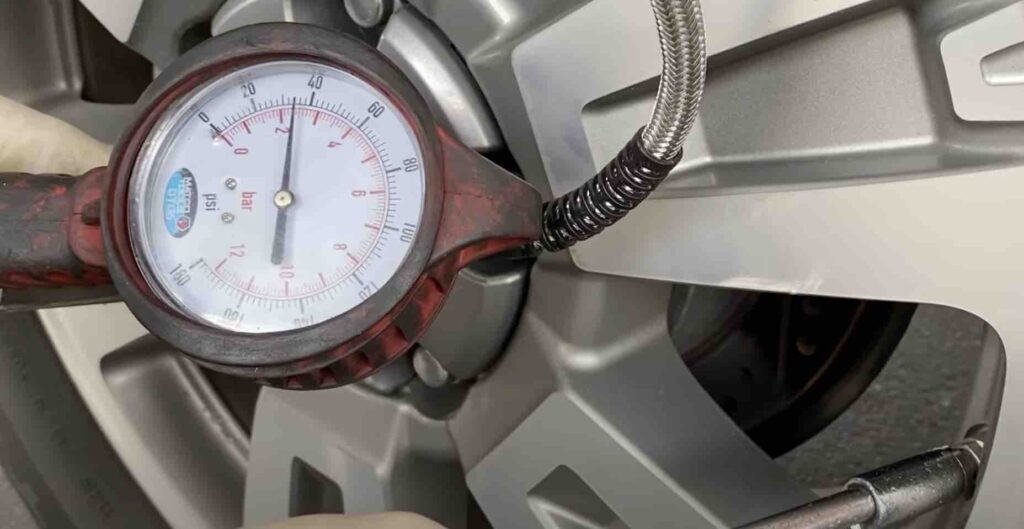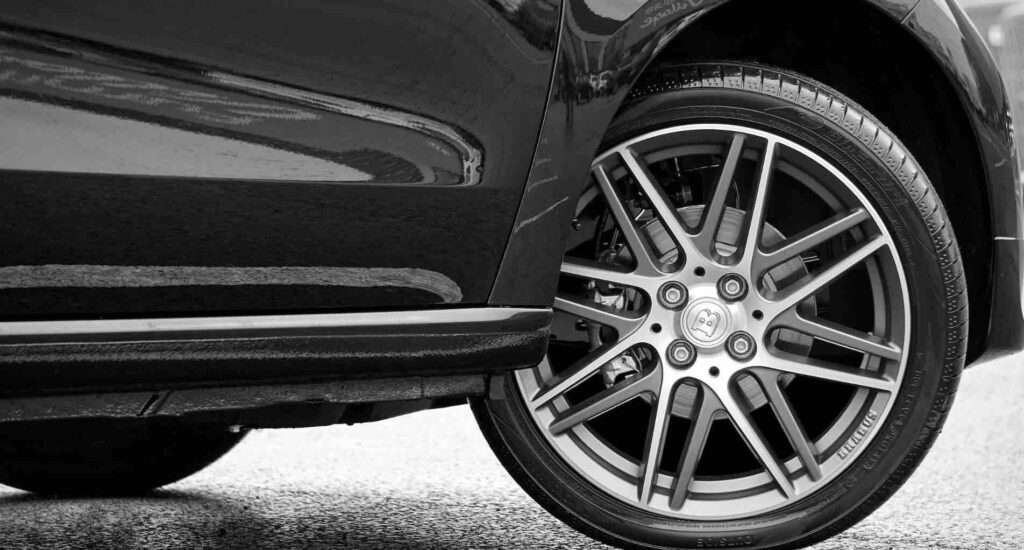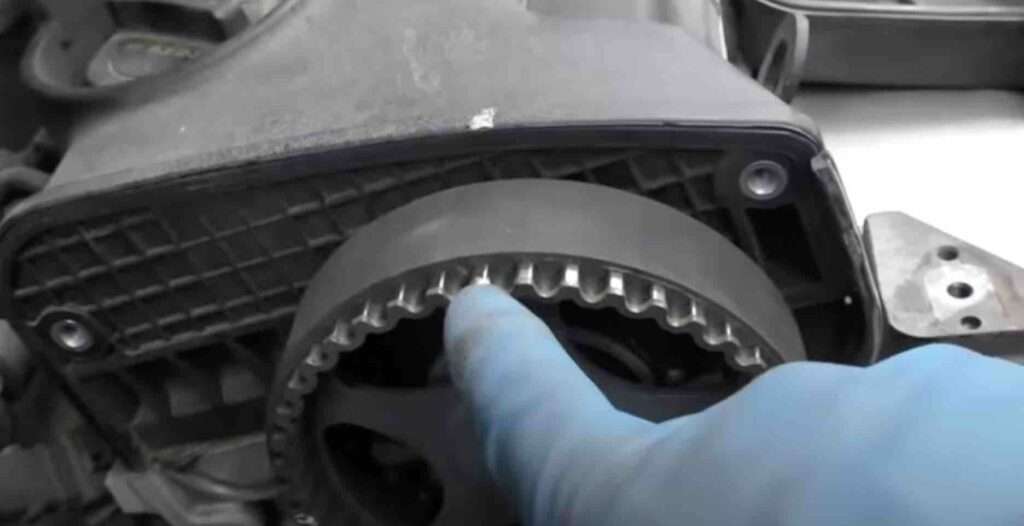Do you have a concern wondering why Is My Tire Losing Air Without A Hole? Well, I had a similar experience. So when your tire mysteriously starts losing air without any hole or sign of puncture, it definitely is due to other tire pressure issues, which I will talk about later in this article.
Annoyingly, this tire air loss is a very common problem that affects more drivers, and it can persist for many months, even after fixing and checking for holes or punctures, as was the case with my old Ford F150 vehicle. For months I struggled with the front tire inexplicably dwindling pressure, looking for holes and filling the tire when I couldn’t find any but months later, the front tire will start losing air. Before getting into Why is my tire losing air without a hole, let see what is the typical tire psi level?
So what is The typical tire psi?
The typical psi for most tires rests around 35 to 40 depending on the vehicle make and model, but this particular Ford F150 tire had an intriguing tendency to drop down to 30, and the deflation only occurred sporadically.
Why is my tire losing air without a hole?
One main reason why tries may be losing air even when there is no leak, hole, or puncture is due could Cold temperatures. I explained the science behind this in my previous article on why tires lose pressure in cold weather, you have to read that article too.
But basically, what happens is that the Cold weather makes you reduce the air density of your car tires, lowering the pressure.
What about the situation where the weather is not cold?
Well, it could be that leak or hole so tinny that it seals back up when the tire reaches its lowest air loss pressure point. Hang on Let me explain.
From my Ford F150 air loss without hole tire experience above, where the front tire air loss was persistently for many months and kept dropping down to 30 psi, irrespective of the driving conditions.
Well, it happens that several testing I performed on the tire was while my tire was at 30 psi which was the lowest it get, and then stopped losing air.
So when I ran the check for holes or punctures at the 30 psi level, the result will show that there were no holes because the hole was very tinny that is sealed back up the moment the tire lost air down to 30 psi.
However, when I later took the tire to the auto shop, they filled up the tire air to over 35 psi and then ran a check; that was when the leak or tinny hole was discovered cause due to nail punctures.
The Solution: A Clever, Proactive Approach
If your tire keeps losing air without obvious punctures or holes, try inflating the tire slightly beyond its recommended pressure to increase air volume inside of it and hopefully discover small leaks or air pockets within. By inflation slightly beyond recommended levels, you could potentially discover hidden leaks more readily.
Once you’ve added extra air, immerse the tire in water or spray it with a soapy water solution to make sure all air has left. Closely observe it; any small, hidden holes could result in bubbles rising from them as extra air escapes through them – that indicates where excess air was put into escaping back out again.
This strategy offers a practical method for discovering leaks that are too small to spot but nonetheless result in gradual loss of tire pressure. By inflating a tire slightly more than usual, increasing its likelihood of finding these tiny leaks increases, perhaps uncovering tiny but persistent holes – it even led to one small sidewall hole being revealed! In most cases, this solution helped uncover such leaks – perhaps it can help solve your tire pressure mystery too! Also, read this article on why only one tire loses air in cold weather
In conclusion,
The above is why my tire is losing air without a hole. So should you find yourself perplexed by a tire losing pressure without a visible hole, there might be a clandestine pinprick playing hide and seek. The ingenious solution lies in inflating the tire slightly above its recommended psi. Then, either submerge the tire in water or spray soapy water on it, observing for any telltale bubbles that indicate escaping air.

Uchenna is a Radiographer and Auto parts mechanic who recently got his automotive diploma as an auto repair technician, and since then, has worked on fixing various car problems.
Working as just a radiographer, Uchenna didn’t just get all the fulfillment he desired, because he truly loved doing things tilted toward cars. As a kid, he would take apart his toy cars to see how they worked and would spend hours tinkering with his bike.
So, in 2017 he made the tough decision to become an auto mechanic. He threw himself into his studies and now loves every aspect of what he does.
He gets to work with his hands, solving problems and bringing cars back to life, and sharing his knowledge and easy quick-fix guide online are all part of what makes him feel fulfilled.





